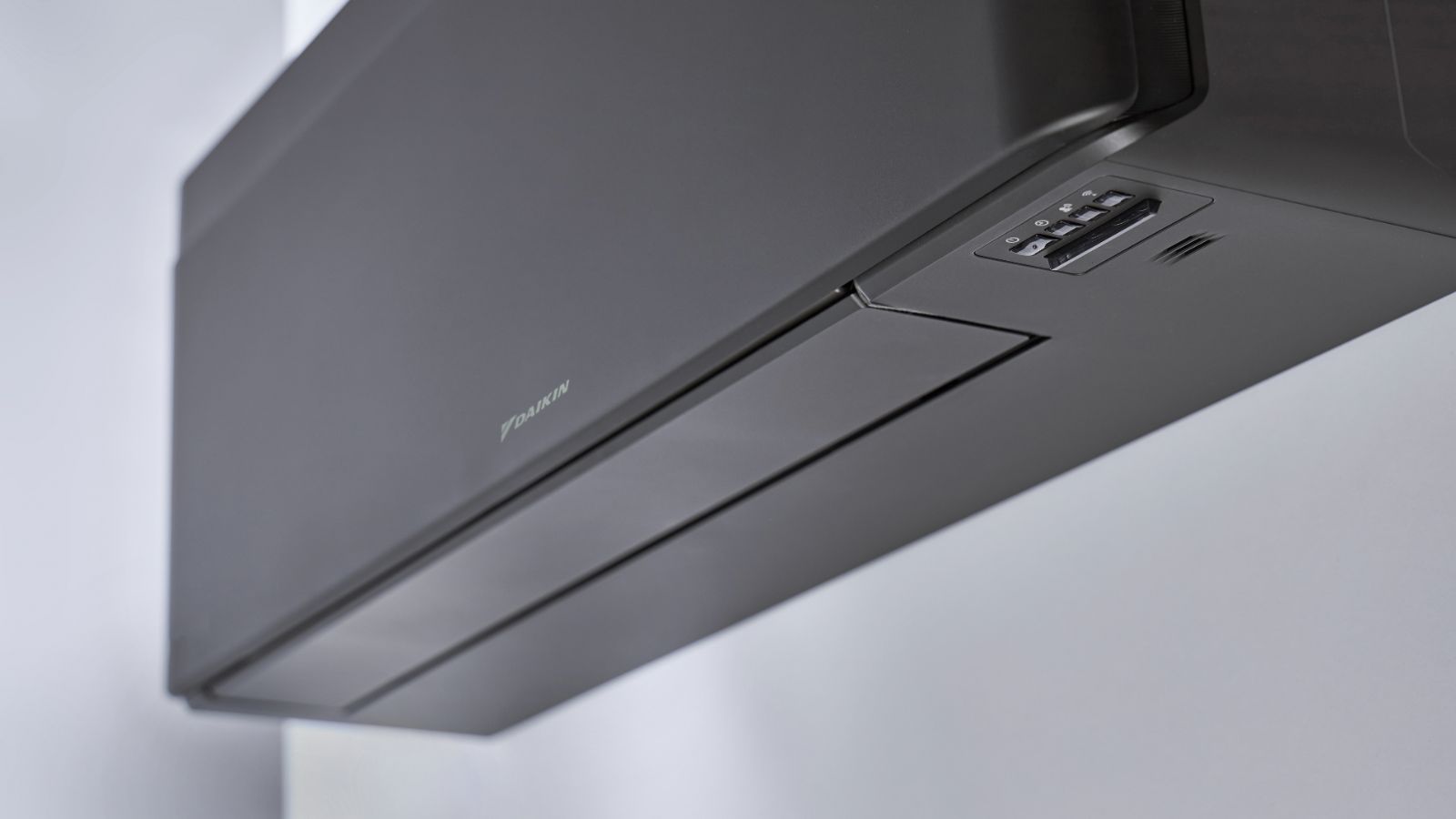How to choose the best type of shower for your bathroom
Tap into the perfect showering experience with a system that is best for your home, that will meet the needs of everyone in it
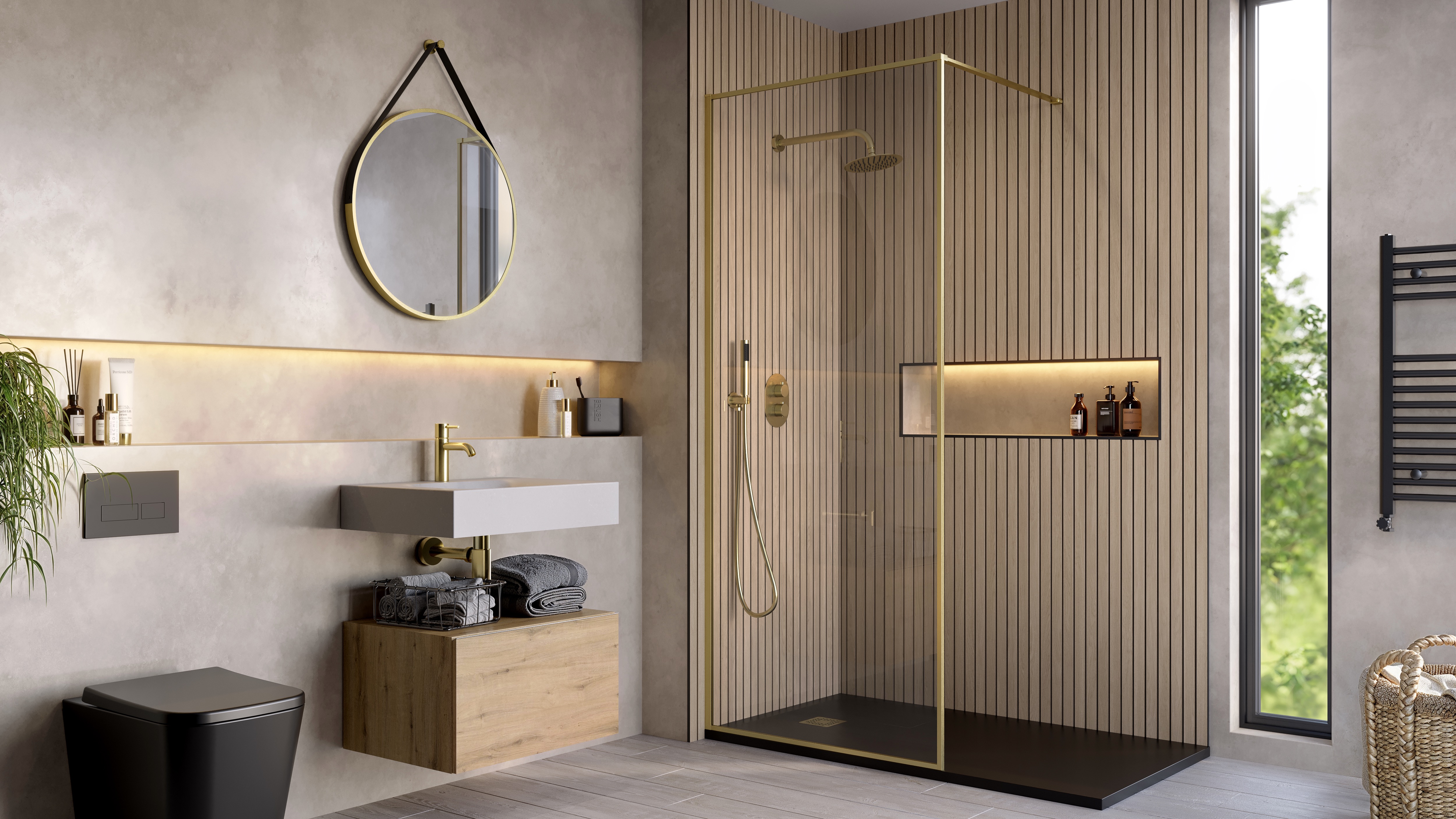
Whether it’s hot, steamy and relaxing or ice cold and invigorating, there is nothing quite like a shower for awakening the senses.
The benefits of a daily shower go beyond cleanliness, though that’s a distinct advantage not just to yourself but to anyone living in close proximity, particularly after a hard day at work or a long session in the gym.
But getting the right shower to suit your needs, the space and even the water pressure that you have in your property is an important part of bathroom design.
Our experts advise on what to think about when choosing a new shower for your ensuite or bathroom.
1. Mixer shower
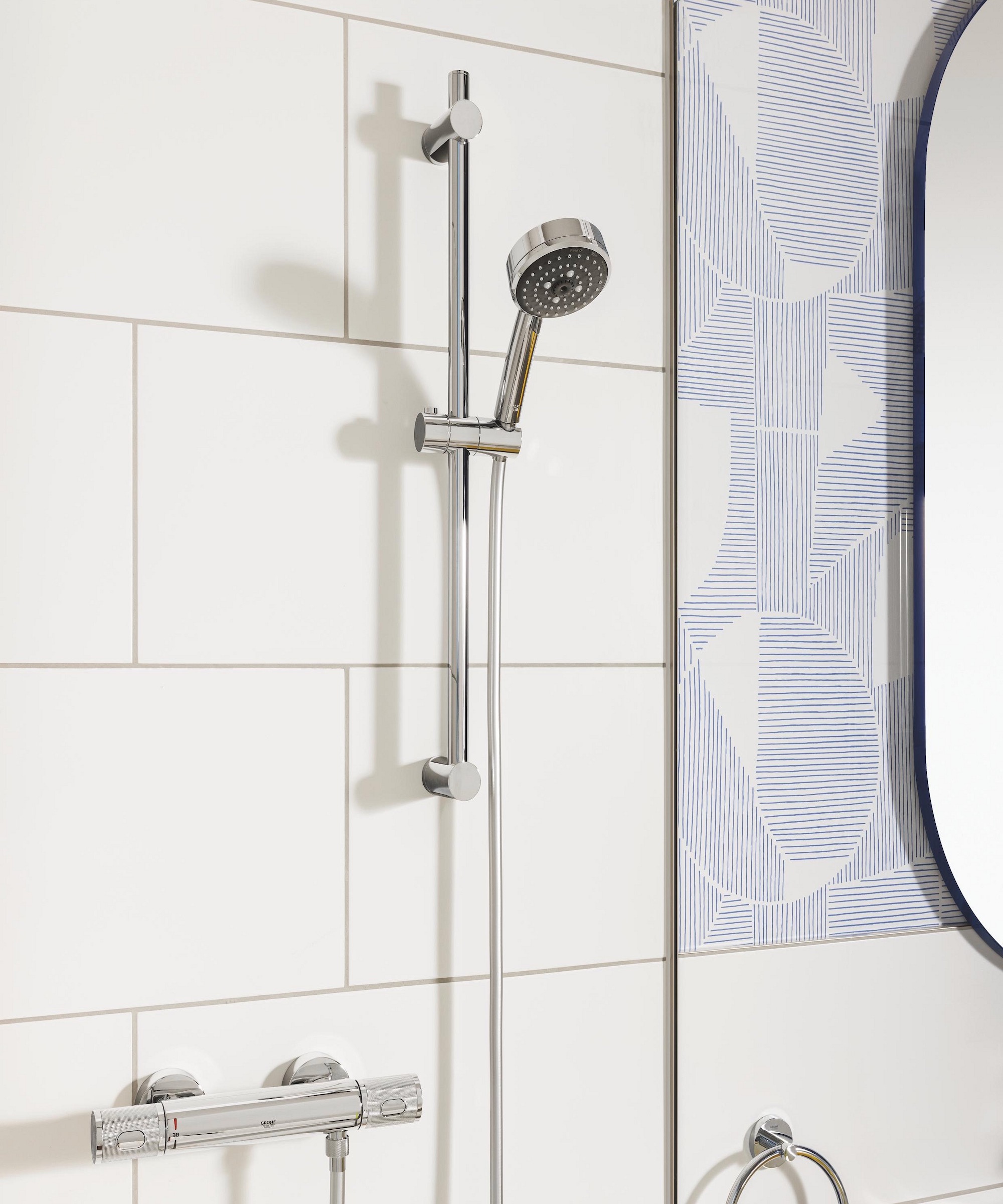
If budget is a consideration, the smart option will be a bar mixer shower where hot and cold water are mixed together in the shower fitting before coming out of the head.
“It’s a simple yet effective choice, particularly for a compact bathroom,” says Natalie Bird, brand marketing manager at Roca. “It offers easy installation, precise temperature control, and an affordable way to achieve a functional and stylish showering solution.”
With the hose and slide bar on the outside, it is not as sleek-looking as a concealed shower, however, it is easy to maintain and fix if there are any issues.
With a manual, non-thermostatic mixer, the water flow and temperature are controlled by the user. There can be unexpected drops from hot to cold mid-shower if the taps are turned on elsewhere in the home. They also need good water pressure for optimal performance.
Get refreshed for less with a shower for under £50, such as this Bristan shower kit with single function large handset from B&Q.

Natalie has nearly a decade’s worth of experience in the field of bathroom products, having worked for a plumber’s merchant and now Roca, a leading company in the design and production of bathroom furniture, brassware and sanitaryware.
2. Over the bath showers
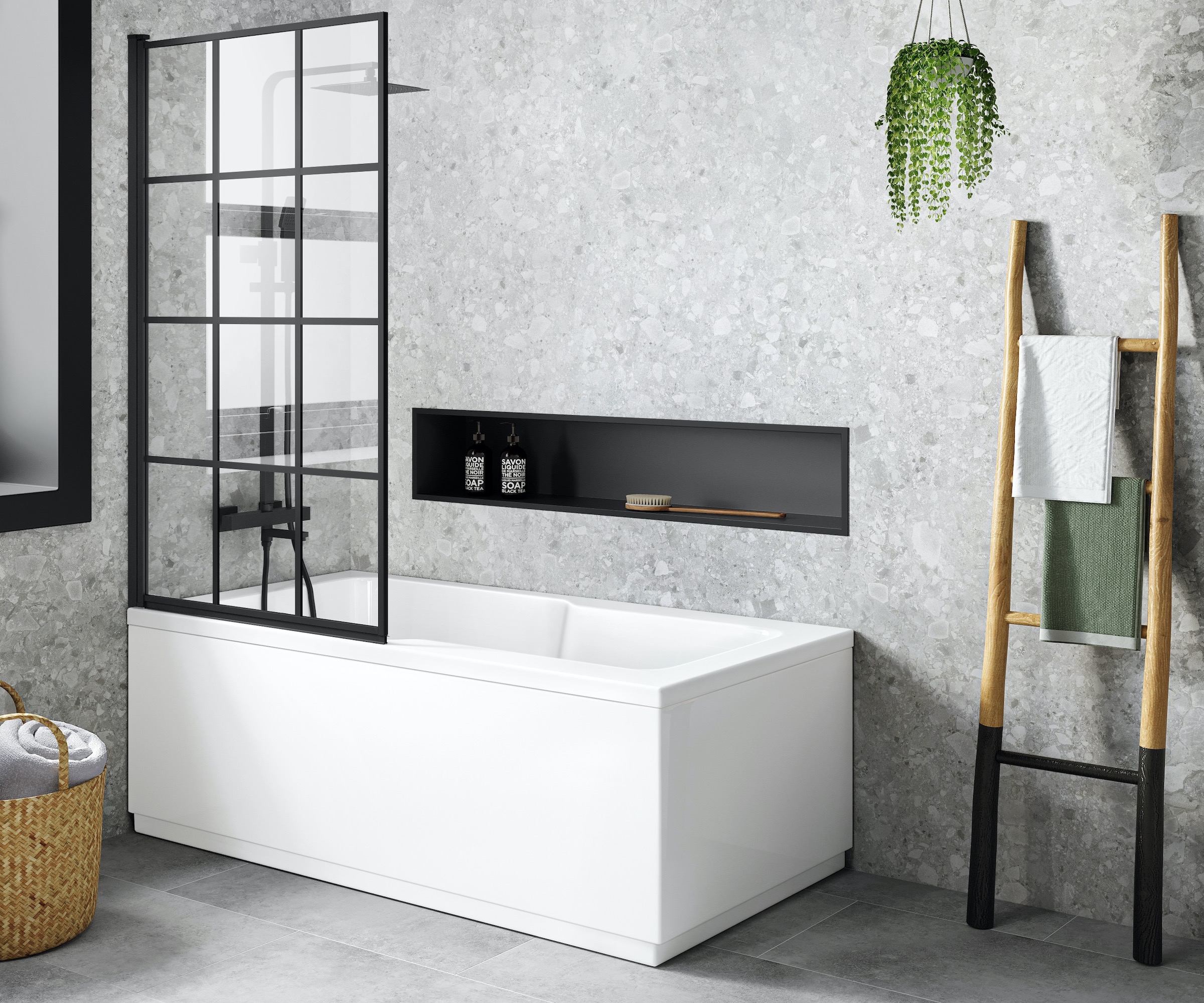
These offer the best of both worlds if you want the option of a quick wash-and-go shower or long soak in the tub, but don’t have room for a separate cubicle.
“For bathrooms with limited space, a shower and bath combination will offer the most practical solution," says Natalie. “Best for a family bathroom is a mix of a hand shower and fixed head shower. The former is particularly useful for rinsing off young children and makes cleaning much easier.”
The bath will also act as a particularly deep shower tray to keep water from flowing across the bathroom floor. However, this arrangement could become a problem when future-proofing your home, as the high side of a bath is less accessible than a shower with a tray flush to the floor.
Enjoy a washing choice to suit your mood with an over-bath shower kit that includes a hand-held shower head and overhead rainfall shower, like the Ballerina bath filler shower set from Bathroom Mountain.
3. Thermostatic shower
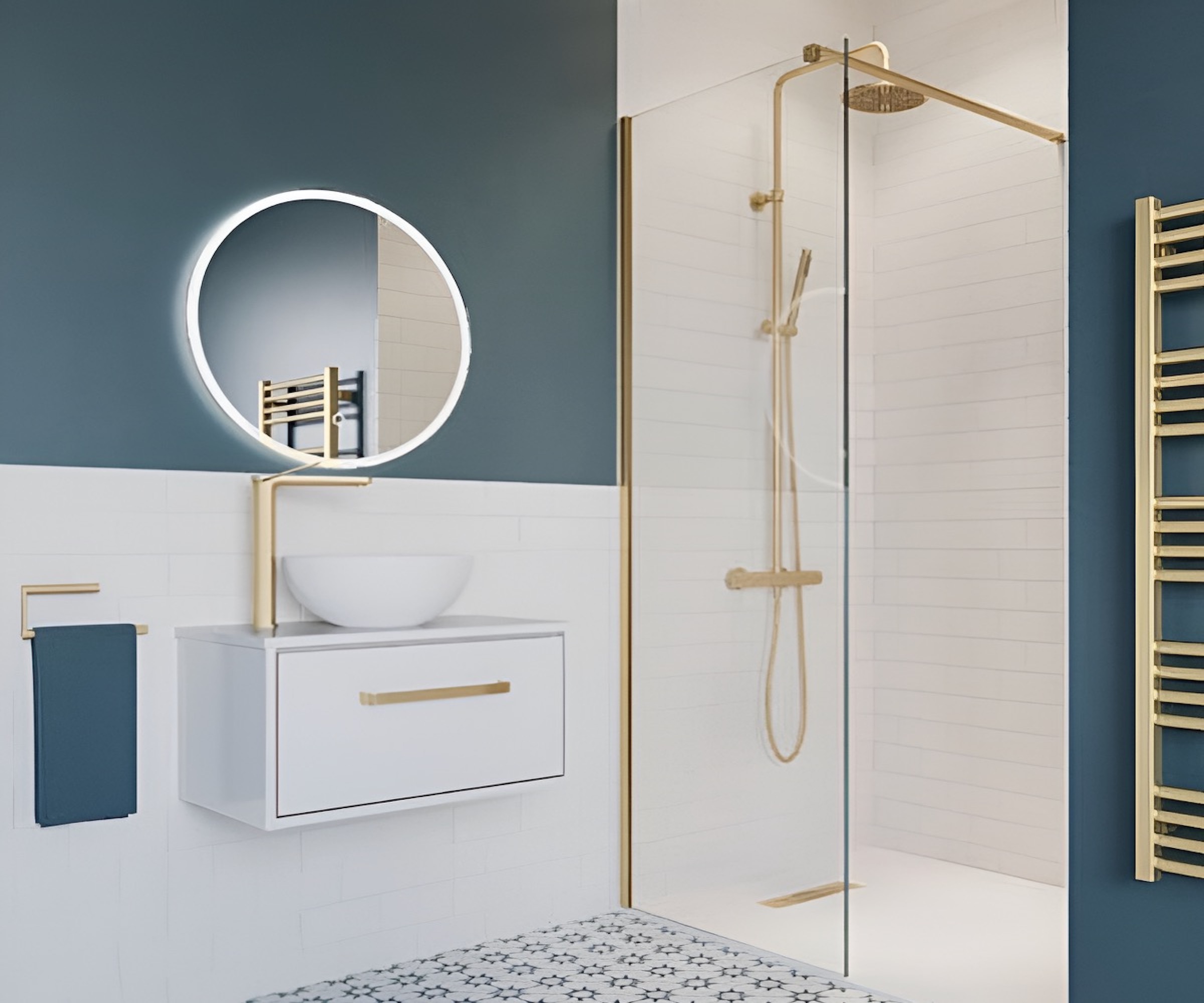
“It is important to consider who will be using the shower to ensure it meets the specific needs of the entire household,” says Ashley Cooper of Triton Showers. “In multigenerational families, a thermostatically regulated shower is a good choice.”
The thermostat ensures a consistent temperature is maintained throughout, even if the water pressure fluctuates when there are multiple users..
“Thermostatic controls can prevent sudden hot or cold bursts, and reduce the risk of young children or elderly family members being scalded,” adds Natalie.
There is a higher initial cost in buying a thermostatic shower compared to a traditional manual system, but being able to rely on consistency of temperature may feel worth the investment.
Enjoy a long, hot shower without worrying about an icy surprise with a thermostatic shower like the Arezzo modern round thermostatic shower in matt black from Victorian Plumbing.
4. Electric showers
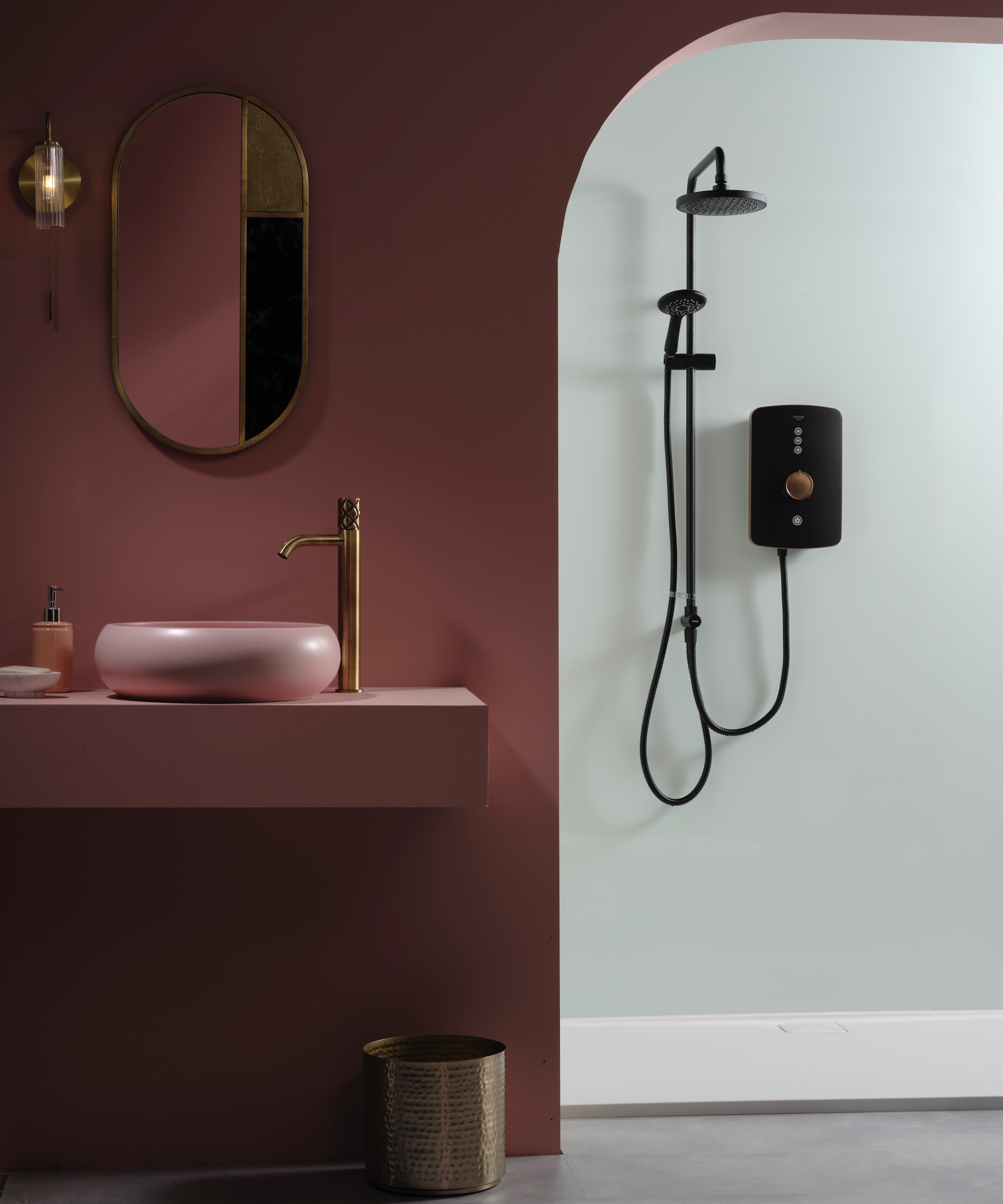
If you are focused on saving energy, an electric shower will have many benefits.
“Electric showers are a great choice as they only heat water on demand, using less water and reducing energy consumption,” recommends Ashley.
With an electric shower, cold water is pulled through a unit on the wall containing a heating element and pumping system and heated when the shower is turned on, so there is no waiting for it to warm up.
Because It relies on the cold water system, rather than stored hot water, it won’t drain all that’s available if there is only a small tank.
Electric showers are a good option for houses with low water pressure or that don’t have a gas supply. They’re easy to install and extremely energy efficient, though consumers may still see high electricity bills in busy households where the shower is in frequent use.
With an energy-efficiency rating of A, an electric shower like the Aspirante from Triton, can save energy and money.

Through his work with Triton Showers, Ashley has gained considerable expertise around the shower space. He offers insights into the latest interior trends and helps renovators maximise the functionality of their bathrooms.
5. Power showers
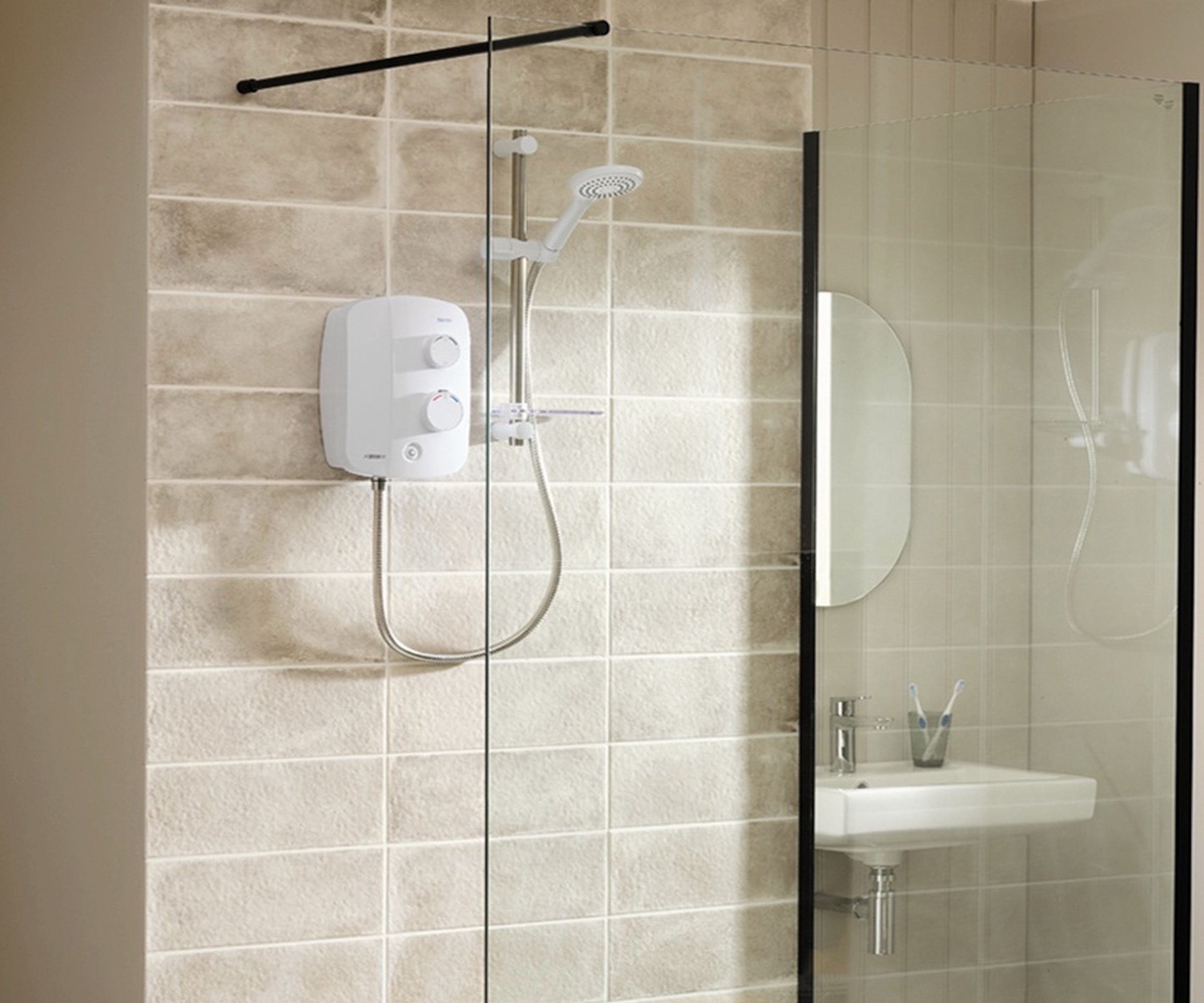
Power showers offer a more invigorating experience. Like a mixer shower, they combine both hot and cold water to the perfect temperature, but an electric pump increases the pressure before it comes out of the shower head.
“They are a good choice for homes with low water pressure as the integrated pump boosts water flow to give a more satisfying shower,” says Shamila Iqbal, director at Bathroom Mountain.
Power showers require a hot water cylinder and won’t work with a combi boiler, which are becoming more popular in many homes.
This type of shower can be more expensive to buy, and because it needs both a boiler and an electric-powered pump to run, they may use more energy. But all this may be mitigated by the satisfyingly stronger flow.
A power shower with a silent running thermostat, like the Triton AS2000SR from Plumbworld, which is Quiet Mark Standard certified, keeps things pleasantly noise free.

As co-founder and director at Bathroom Mountain, Shamila is an expert at knowing the right bath, sink, shower and accessories needed to create customers' dream bathrooms.
6. Rainfall showers
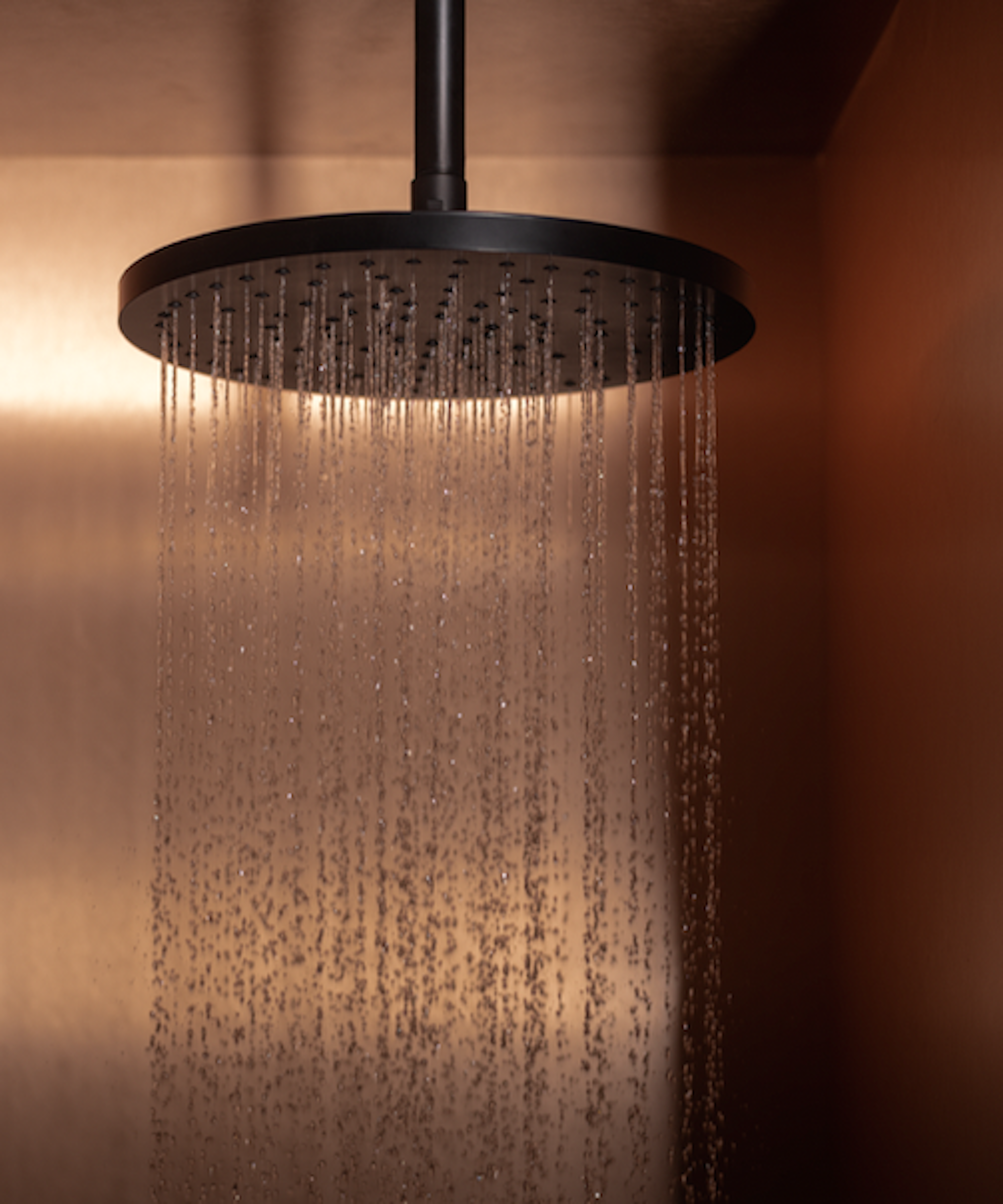
“Rainfall shower heads elevate a showering experience, creating a spa-style feel in your own home,” says Ashley. “When considering a rainfall shower, key factors include the size and shape of the showerhead, and whether it’s part of a dual outlet configuration or mounted to the ceiling.”
“In an en suite or large luxury bathroom, a rainfall shower offers a relaxing and immersive feel,” adds Natalie.
"Thoughtful placement of controls, such as positioning them near the entrance to the shower rather than directly under the head, improves convenience and usability.”
Rainfall showers don't necessarily use more water than a standard shower head, in spite of their larger size, as it is just spread over a wider area to fall in a gentle cascade.
They typically require higher water pressure for full body coverage, and can also be prone to leaks and droplets forming in the head. The positioning of the fixed shower head also makes it difficult to wash without getting wet hair.
Step into nature with a rain shower head like the Britton Bathrooms Hoxton brushed brass rain shower head & wall-mounted arm from Drench
7. Digital shower
Advancements in technology extend to the bathroom with digital and hi-tech smart showers. They are controlled remotely from a hand-held device, thermostat in the bathroom, or in the case of a smart showers, by an app or voice assistant..
They are mixer showers that combine hot and cold water to achieve the ideal temperature, but also give a customised experience.
“Digital showers offer precision control and allow users to preset temperature and flow settings,” says Shamila.
Pre-programming means there's no need to keep adjusting the dial if one person likes it hot while another prefers it bracingly cold. It is also possible to set preferred spray patterns.
The more sophisticated technology means that digital showers can be more expensive than standard showers, and installation more complex. The shower processor would need to be fitted into a loft space or behind a cavity wall.
Enjoy next-level showering with a digital system, such as the, ceiling-fed Mira Mode Shower, which can be programmed to suit the personal preferences of every user.
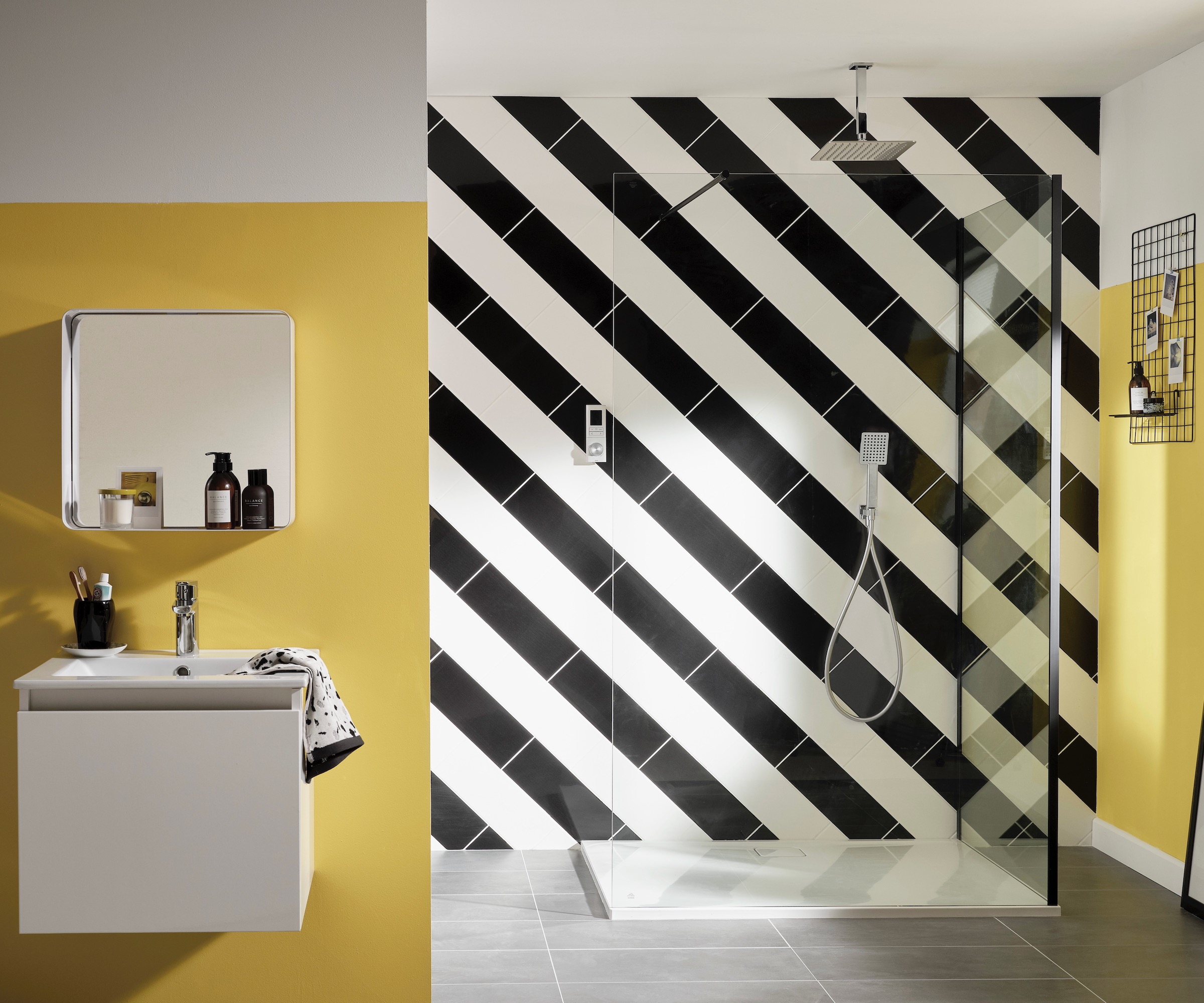
8. Hydro showers
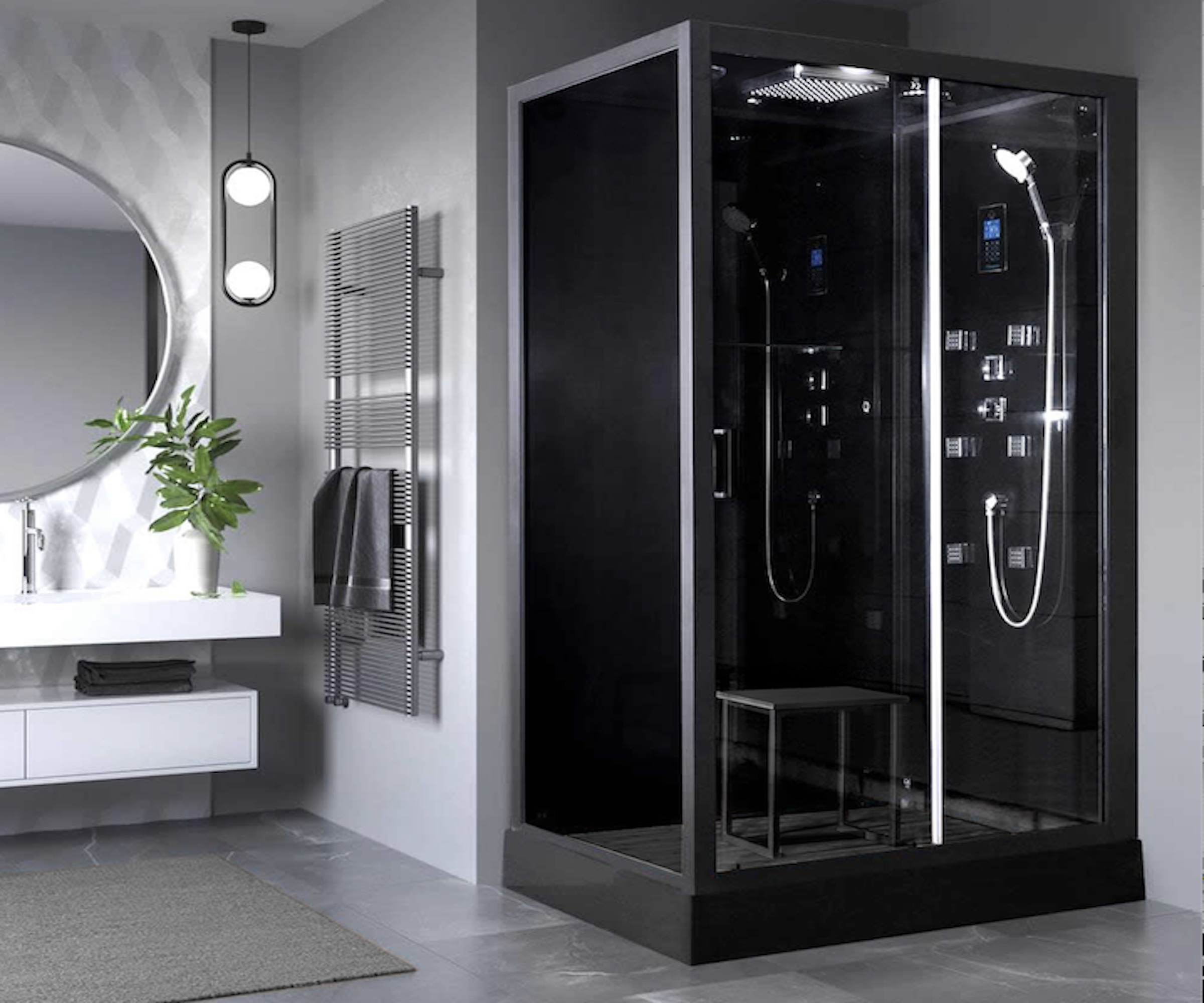
For a total body experience that can appeal to all your senses, a self-contained shower pod with water jets and massage features is like having your own private spa..
With built-in radios, sound systems and LED lighting, you can accompany your shower with music to suit your mood and create a calming environment. Aromatherapy steam settings let you infuse the space with scents to relax or stimulate.
This type of shower is an indulgent option, designed for pampering, which is reflected in the price. A self-contained pod can cost anywhere from £500 to several thousand. Water consumption can also be high if you are in there long enough to make use of all the features.
Shower tower panels, like the Keokbon 6-in-1 stainless steel shower column from Amazon, offer some of the indulgent massage features of a hydro shower cubicle with a lower price tag
Choosing the right type of shower
When investing in a new shower, there are a number of factors to be considered when selecting the right one for your home.
An exposed shower will mean there is more pipework extending into the space, whereas in a concealed shower, it is hidden behind the wall with only the shower head and handset on view, for a neater look.
If your home has low water pressure, a power shower is designed to deliver optimum performance.
You should also consider what type of boiler you have – gravity, unvented or combi. If you have an unvented or combi, you can choose from electric, digital and mixer showers. Gravity fed systems, where there is a cold-water tank in the loft, and a hot water cylinder in the airing cupboard, is the only one compatible with a power shower.
Manually operated mixer showers are the most affordable, with prices starting from around £50. Electric showers are energy efficient and economical, as they use less water and energy to heat it. Power showers cost from around £150 – £600, while thermostatic digital showers will be anywhere from £300 to £1,000. Luxury hyrdo showers with multiple sprays, including body jets,, mood lighting and other sensory features will stretch the budget, with cabins starting from around £700 and rising to several thousand.
Installation costs will also vary depending on the complexity of the shower system. If you are confident in your plumbing abilities, fitting it yourself will be the most cost-effective option.
FAQs
What is a dual-outlet thermostatic system?
This is a connection for two outlets, so you can use the showerhead and a body jet or handset at the same time
How can I cut down on water consumption?
If you don’t want to replace the whole system, a water-saving shower head can limit the amount used without compromising performance.
What ways can I save energy in a shower?
Use a digital shower to preset the water to a lower temperature, change the flow and limit the shower time to reduce energy usage and cut bills.
If you are planning on throwing out the bathtub and replacing it with shower, there are some considerations to think about first. Our guide on replacing a bathtub with a shower takes you through these, including looking at any impact on the value of your home as well as space saving.
Get the Homebuilding & Renovating Newsletter
Bring your dream home to life with expert advice, how to guides and design inspiration. Sign up for our newsletter and get two free tickets to a Homebuilding & Renovating Show near you.
